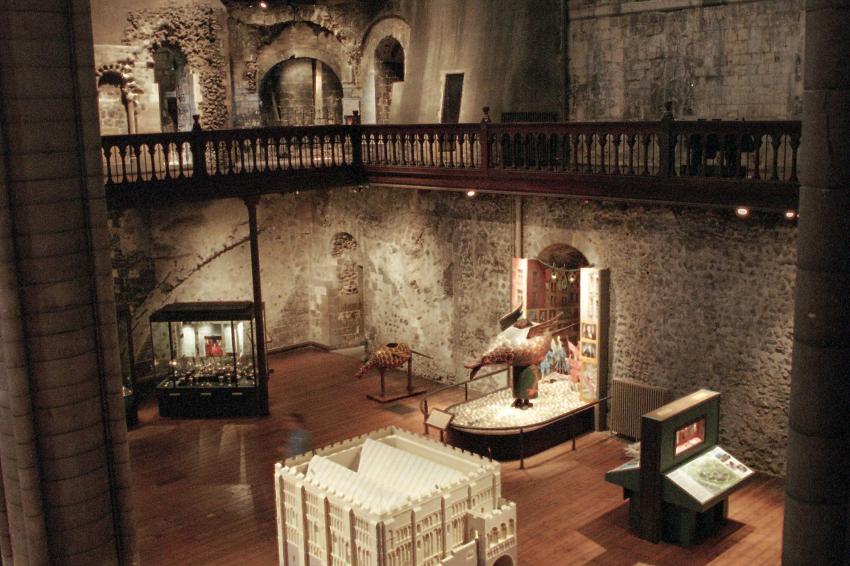Apollo technology protects Queen Boudica
20.06.2011 - Apollo fire detection technology has been chosen to protect Norwich Castle Museum and Art Gallery and the Royal Norfolk Regimental Museum. TP Fire Ltd, which has represented Apollo...
Apollo fire detection technology has been chosen to protect Norwich Castle Museum and Art Gallery and the Royal Norfolk Regimental Museum. T&P Fire Ltd, which has represented Apollo for more than 15 years, was appointed by Norfolk Property Services to replace the existing fire protection with an open protocol system.
Eddie Bean, Technical Manager at T&P Fire Ltd, says: "We have always advocated the open protocol approach, because it offers flexibility of product choice and better whole life costs. We recommended Apollo technology due to the high quality, range and reliability of Apollo products, which satisfied all of our client's requirements for this historic site."
James Carswell, Cabinet member for Cultural Services at Norfolk County Council, said: "Norwich Castle Museum and Art Gallery is so much more than just a building. It is a treasured part of our community loved by visitors and staff alike because it brings to life our heritage in a space fit for the 21st century, complete with state-of-the-art fire detection that secures the safety of our staff, visitors and valuable collections."
Norwich Castle was built by the Normans 900 years ago, and is one of the city's most famous landmarks. Originally a wooden fortification, surrounded by deep dry ditches for defence, the castle was later used as a prison. The castle complex is both a Scheduled Monument and a listed Grade I building. Today the castle is a museum and art gallery, housing collections of fine art, archaeology and natural history. One of the museum's star collections is centered on East Anglia's very own Queen Boudica; visitors can admire displays of Iceni gold and treasures and ride on a re-creation of an Iceni warrior's chariot.
Attached to the castle by a First World War Communication Trench is the Royal Norfolk Regimental Museum. This museum traces the lives of the soldiers of the County Regiment and their families from 1685 onwards, through the items that have been collected from their campaigns; including a medal collection boasting three Victoria Crosses.
T&P Fire was appointed to supply, install, commission and maintain the new fire detection system. Installation was required on a like for like basis, and using the existing loop wiring. The work was programmed around the building's occupants and requirements, mostly taking place during normal working hours.
The fire system replacement was split into two main areas; the Castle Museum and the Regimental Museum, Shirehall and Chambers at street level. More than 700 Apollo analogue addressable devices - including smoke and heat detectors, carbon monoxide detectors, audio visual devices and interfaces - have been installed altogether.
Within the Castle Museum and Art Gallery, around 300 Apollo Discovery fire detectors are configured across seven loops controlled by an Advanced Electronics Mx4807 panel. Nearly 100 interface devices allow the fire system to interact with other building systems, such as the sprinkler system and the Public Address Voice Alarm system, as well as access controlled doors and other critical plant. The main point fire detection system also interfaces with aspirating smoke detection which has been installed to protect the building's large ceiling voids and the main castle keep.
The Regimental Museum and Shirehall are protected by a two-loop fire system, again based around an Advanced Electronics control panel, and incorporating 130 Apollo devices, while the Chambers has a four-loop system that includes more than 200 Apollo fire detectors, sounder beacons, base sounders and interfaces. Designed to meet L1 standards, the fire systems offer a phased evacuation, with an alarm signal being raised in the affected area only.









